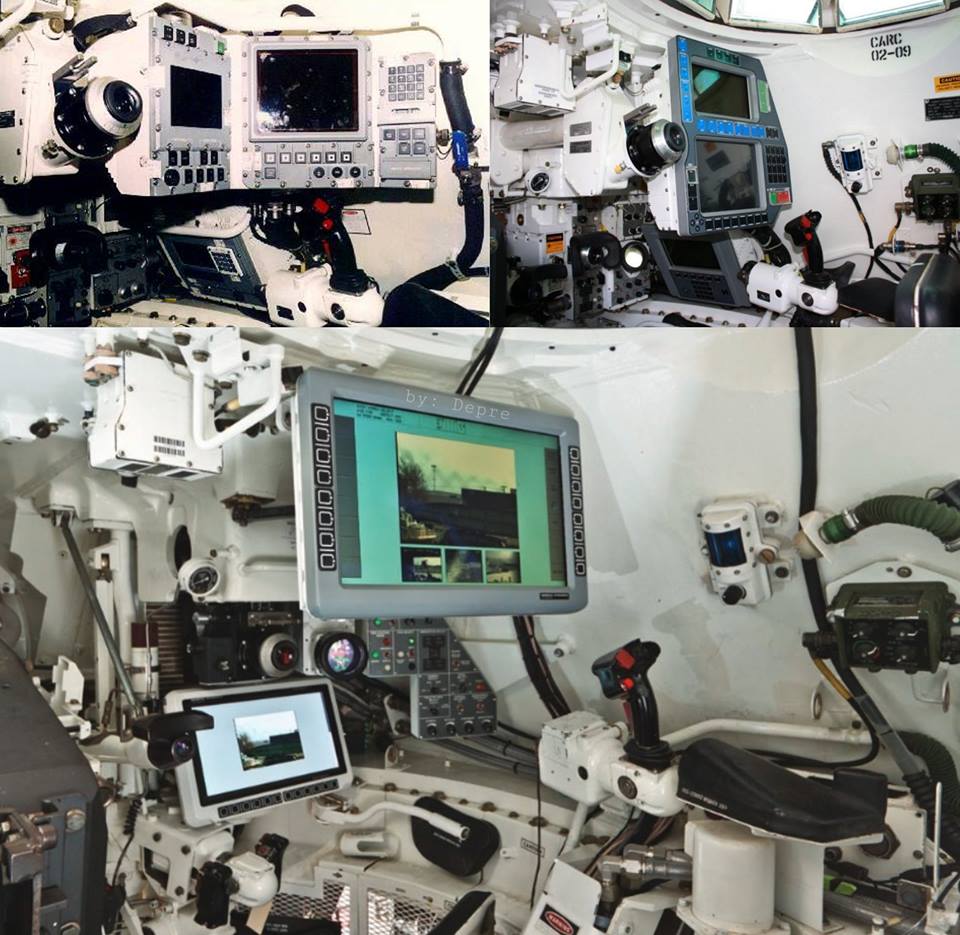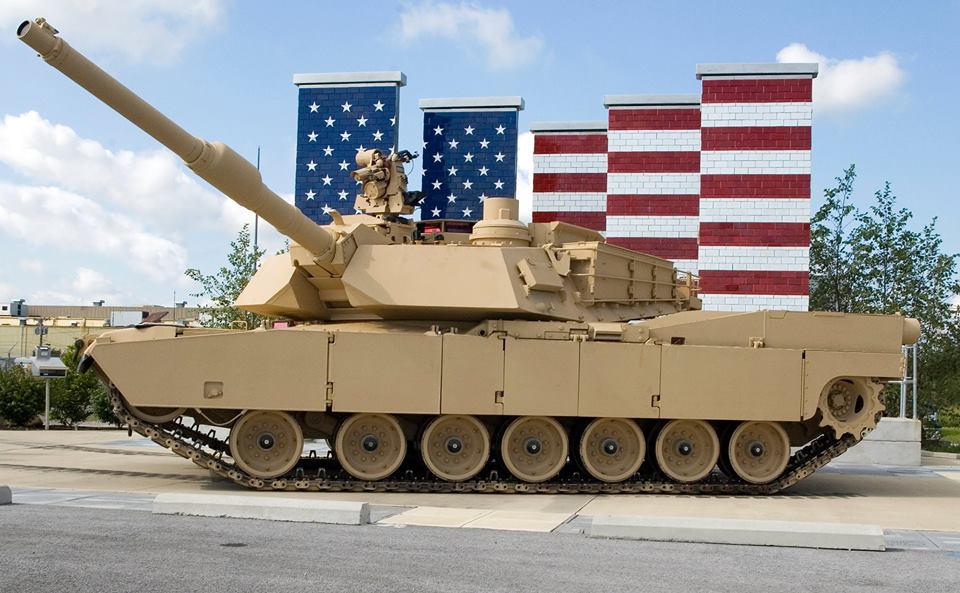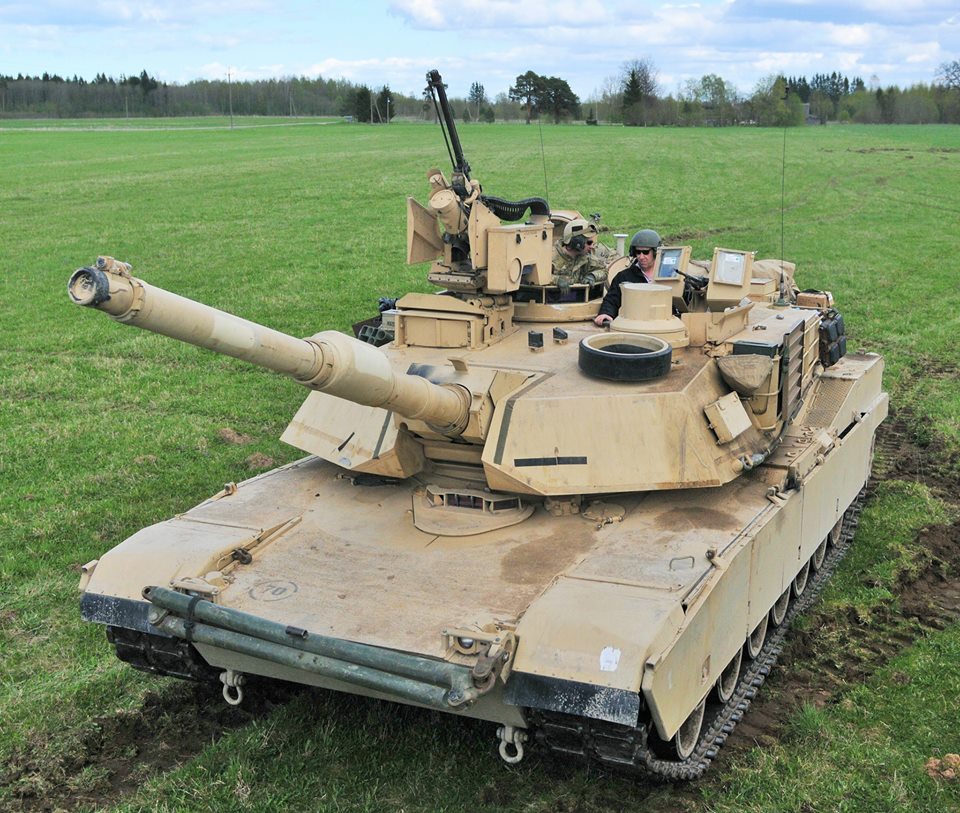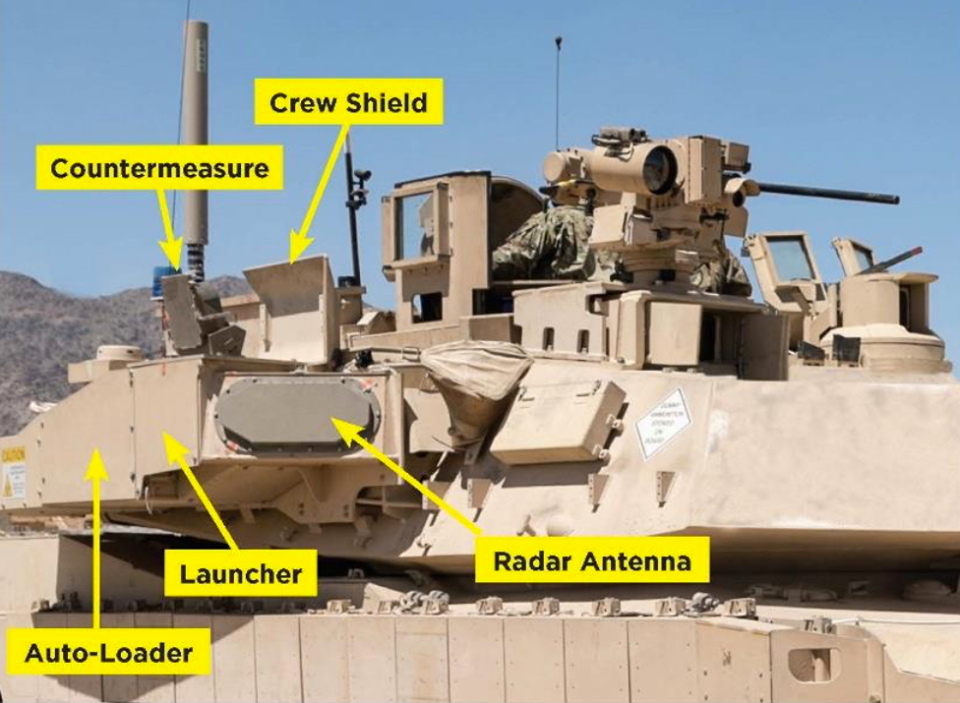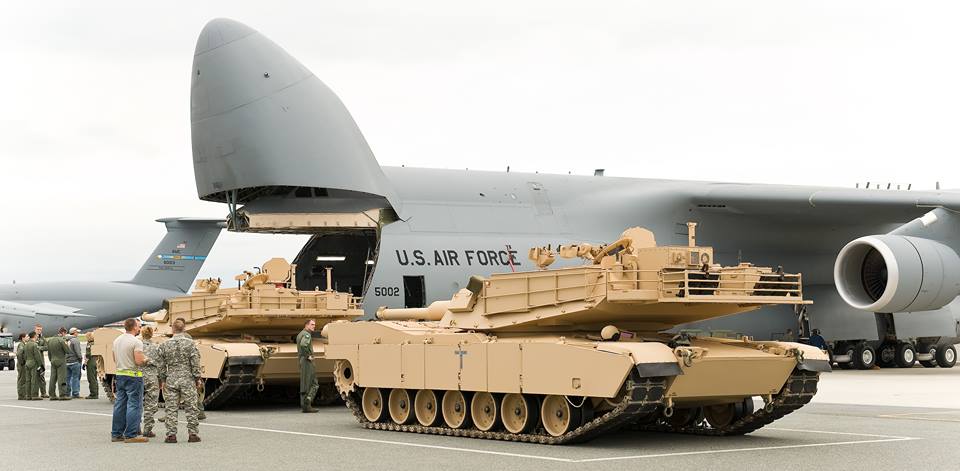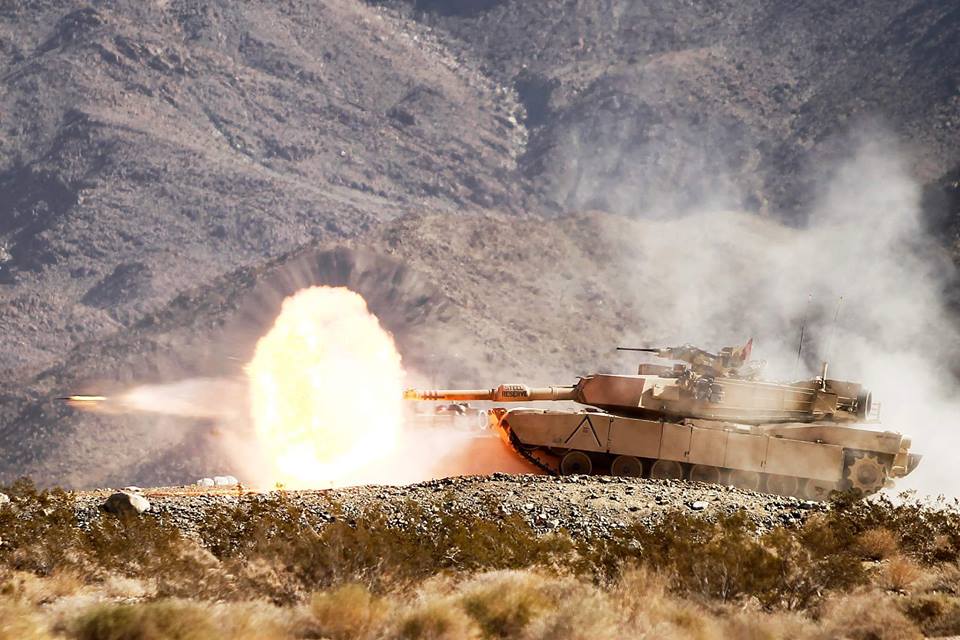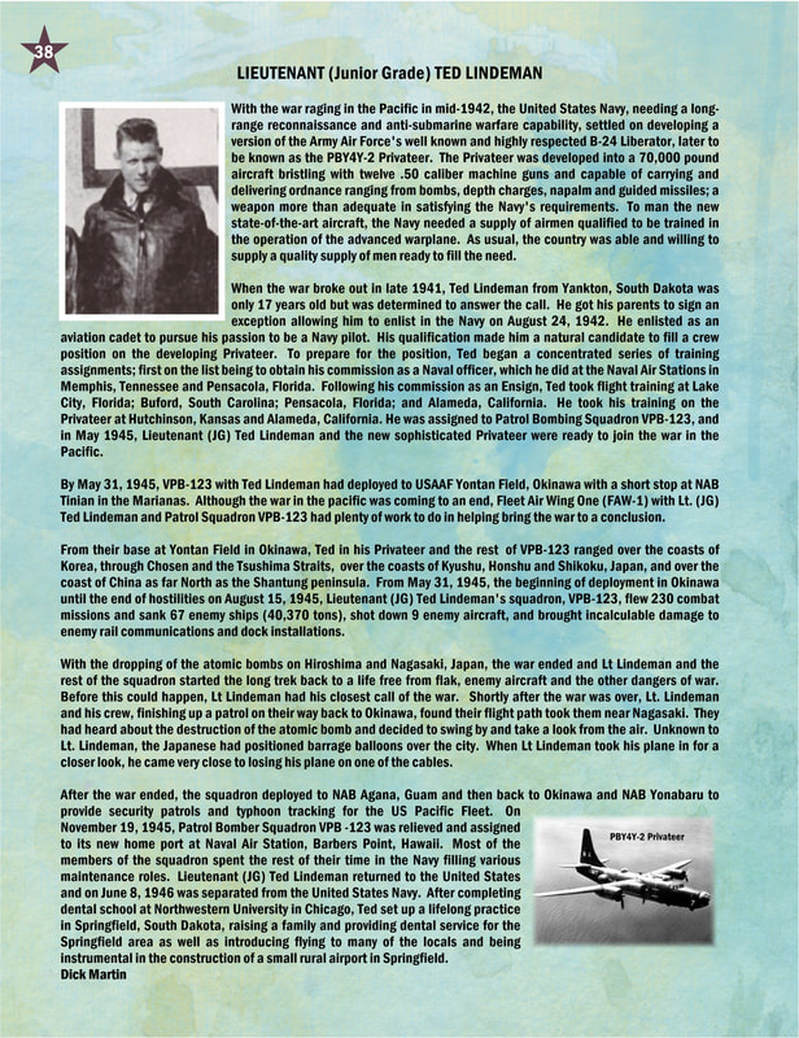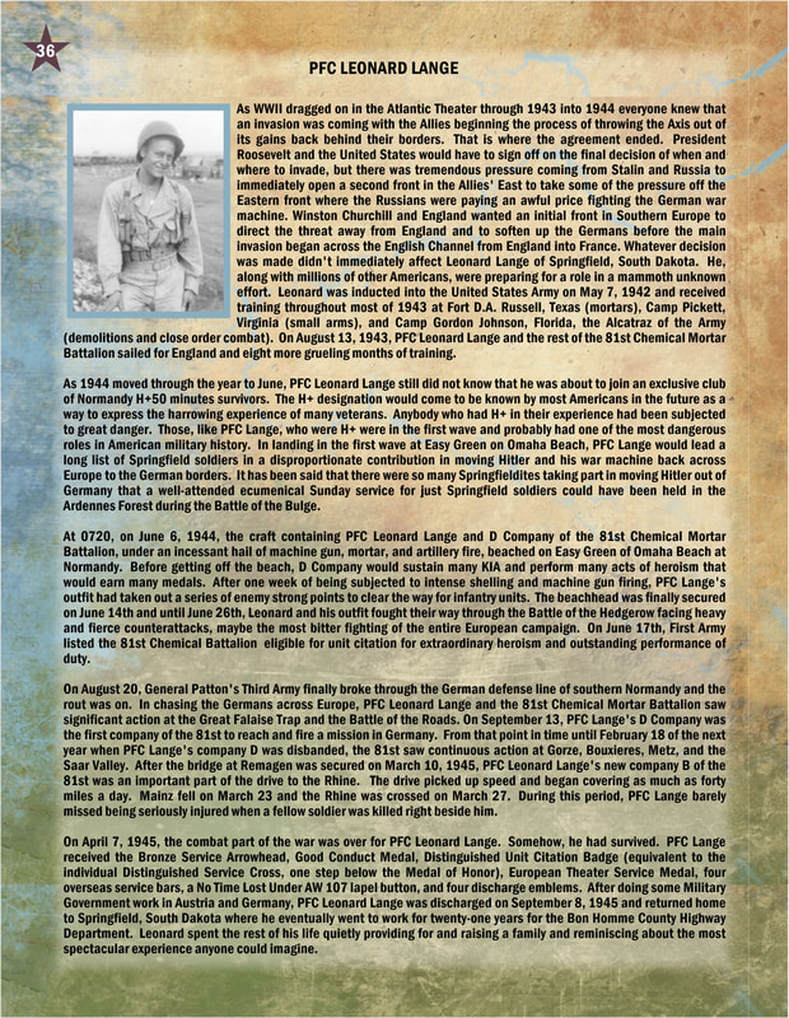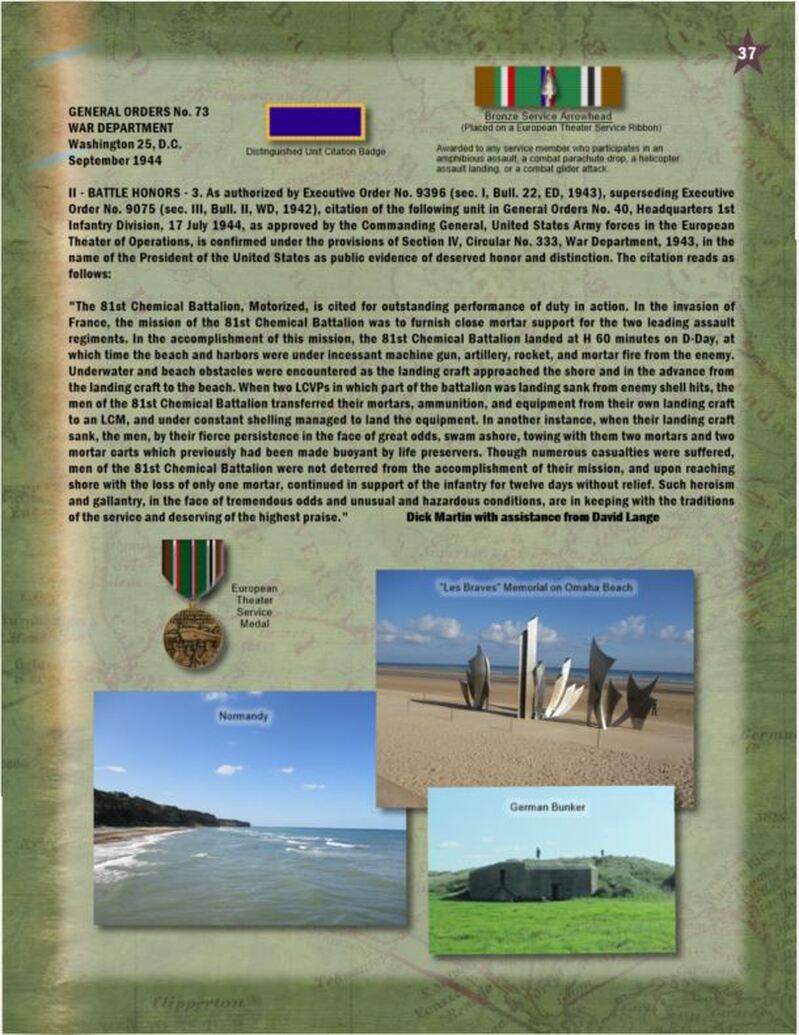|
Submitted by Doug Hanify M1 ABRAMS Tank commander and gunner stations evolution through the M1A2 tank series Top left: Original M1A2 Top right: M1A2 SEP/SEP v2 Bottom: M1A2 SEP v3 (turret demonstrator) "The American, by nature, is optimistic. He is experimental, an inventor, and a builder who builds best when called upon to build greatly." -John F. Kennedy Photo courtesy of Task Force LIMA Toomas Hendrik Ilves, right, the president of Estonia, rides in an U.S. Army M1A2 SEP v2 Abrams Tank with 1st. Lt. Brian Van Vliet, a native of Fort Washington, Md., and platoon leader with C Company, 2nd Infantry Battalion, 7th Infantry Regiment, 3rd Infantry Division at a presidential visit with Soldiers in Jõhvi, Estonia, May 9, 2015. Photo by Capt. Albert Jernegan Courtesy of: 16th Mobile Public Affairs Detachment M1 Abrams tanks are moved into place to be loaded into a C-5M Super Galaxy, at Dover Air Force Base, Del. Nov. 15, 2011 U.S. Air Force photo by Roland Balik 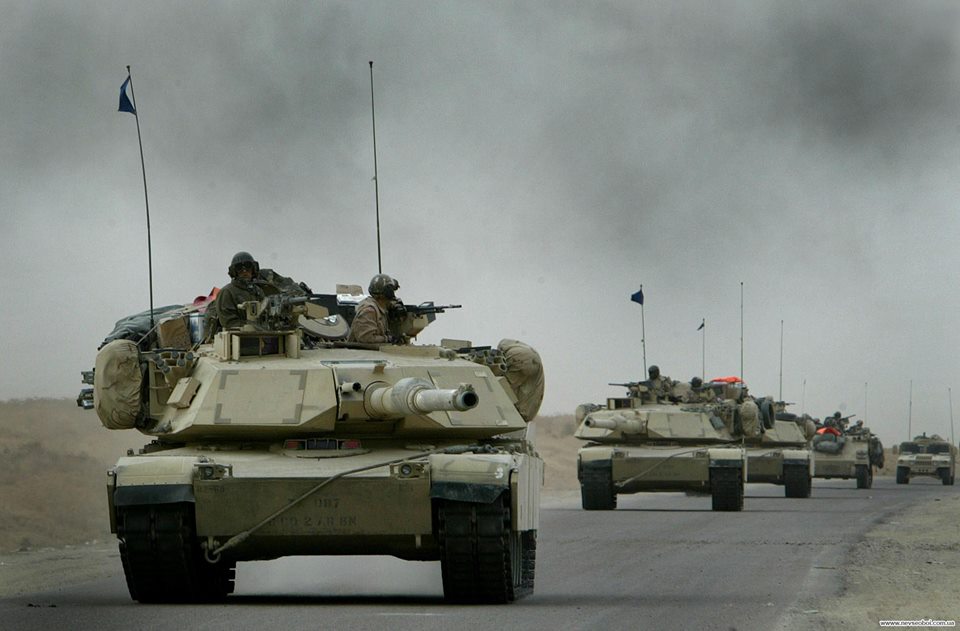 A convoy of US Army 3rd Infantry M1A1 Abrams tanks cross the Euphrates river as black smoke rises after an explosion as hundreds of armored vehicles push towards the outskirts of Baghdad on April 6, 2003. REUTERS photo by: KAI PFAFFENBACH
0 Comments
Submitted by Dick Martin 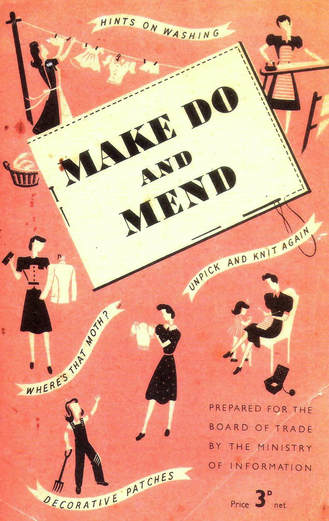 In today’s wasteful throw-away world it is hard to imagine the steps our parents took to save or repair items to enable the military to have adequate supplies for their efforts in WWII. For example, wartime clothing restrictions required that hems be limited to two inches. As soon as the US entered WWII, it became evident that the military material demands would cause shortages of civilian goods. Rationing of food, gasoline, and other items became necessary. Many organizations were formed to ensure equal distribution of goods. Among these were the economics bureau of the US Department of Agriculture, the War Production Board, the Works Project Administration, and The Office of Price Administration. Private organizations and companies such as the Woman’s National Democratic Club, Pacific Factag Fabrics, Reagan County High School, and Paris-Herald Tribune did their part too. Despite the military’s huge demand for clothing, it took a gamble and made rationing and clothing restrictions voluntary. Posters and pamphlets were prepared and speeches given extolling and promoting conservation of clothing as a patriotic duty. It worked! There arose extreme pressure to dress patriotically. Wool linings were eliminated, socks were darned, cuffs, pleats, ruffles, and hoods were eliminated, pockets and lapels were limited, and skirts shortened, just to name a few of the voluntary conservation measures taken. The only exceptions were maternity clothes, religious vestments, and bridal gowns. Many of these conservation measures survived the war. In my family, for example, socks were darned and reused till they wore thin or fell apart. Existing clothes were redesigned using the same material. Hand-me-downs and hand-me-ups were a fact of life. Nothing was wasted. |
Categories
All
Archives
October 2023
|
